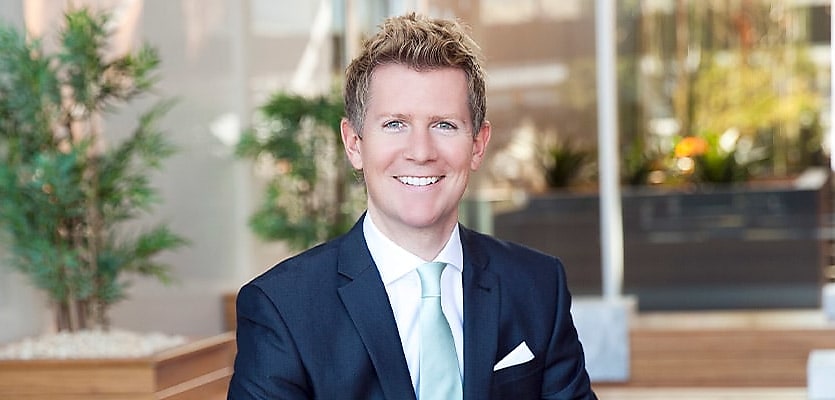As property prices have come back up in Sydney following the May federation election, Douglas Driscoll does not see the growth slowing anytime soon.
The Starr Partners CEO predicts 2020 will continue to see property owners sit on their hands, keeping listings at low levels.
“A significant proportion of property owners will wait and ‘time the market’ until they are certain prices have peaked again,” Mr Driscoll said.
“For this reason, Sydney property buyers might be rewarded with more stock at the end of 2020. Once this happens, prices will creep closer to their early 2017 levels — though won’t quite reach them.”
With fewer homes on the market, there will be a flood of buyers, with first home buyers wanting to take advantage of the government’s scheme to allow a limited number of new buyers get their first home with a lower deposit.
“While I stand by my argument that this was a pre-election gimmick by the Coalition government to win votes, it will undoubtedly lead to an immediate stampede of first home buyer numbers in the first few weeks of next year,” Mr Driscoll said.
“This is a ‘first-in, best-dressed’ scenario, so I won’t be surprised to see first home buyer numbers slow once these spots are filled.”
With low stock and an increase in buyers, Mr Driscoll predicts prices in the Habour City will increase between 5 and 10 per cent next year. However, that will rely on the political and economic environment remaining stable.
This imbalance will result in homes being snapped up quickly with shorter marketing campaigns.
“Already in Sydney, the median days on market has shortened by seven days between August and September this year, and it will continue to fall,” he said.
Following the Opal Tower and Mascot Towers events, Mr Driscoll said the spotlight will remain on building quality in 2020, especially as the state government begins to implement the first portion of its building reforms to heighten the standards of new builds.
“The rush to get apartments built and sold in the housing boom meant shortcuts may have been taken. Although there are rogue developers who do cut corners, more often than not, the vast majority are reputable and are being compliant. The problem is we’re chastising them when maybe we should be looking more closely at building regulations. There are significant changes ahead to increase compliance and enforcement in the building and construction industry and, I predict, even talks of a possible royal commission in 2020.”
The DNA of Australian houses will continue to change next year as Mr Driscoll predicts our homes will continue to shrink.
“Australians used to have some of the biggest free-standing houses in the world, but now they are starting to shrink: the average size of a new house built in Australia was 228.8 sqm in 2018–19, down from 231.8 sqm in 2017–18 — which is the smallest since 2001–02.”
Sydney’s geographic limitations also play a part in this as the city can only expand north-west and south-west, so homes will have to be smaller to fit more in.
“Practicality has also crept in. As a nation, we’re not cooking as much as we once were, and so the sizes of our kitchens are also getting smaller. With apps like Deliveroo and Uber Eats at our fingertips, the focus is much less on cooking than it is on convenience.”









You are not authorised to post comments.
Comments will undergo moderation before they get published.